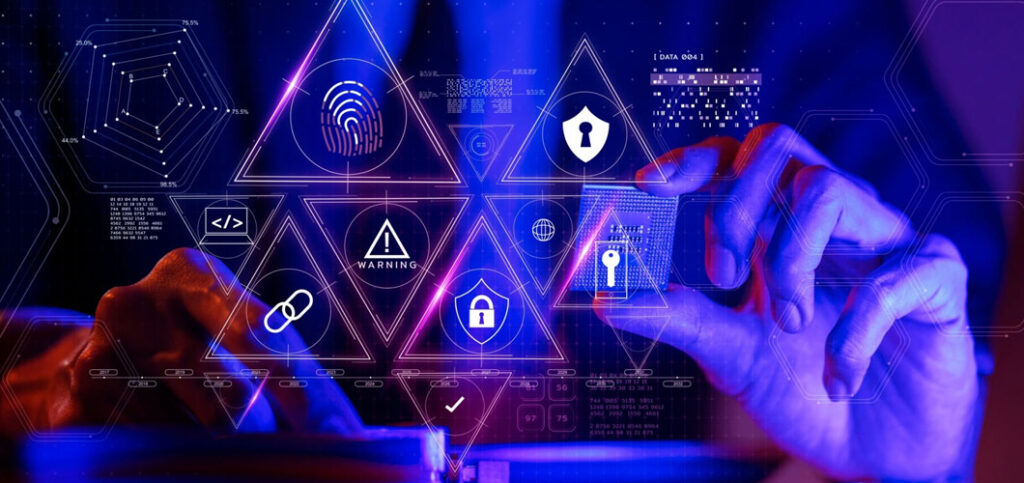Blog
Defending Cyber Attacks Requires Top Management
Support and Responsibility

Security leaders must evolve strategies to protect an expanding digital footprint against emerging threats.
The volume and frequency of cyber attacks are increasing with each passing day. If attackers or intruders manage to exploit and bypass the security measures in place, the consequences for a company would be severe. These breaches can have a negative impact on the company’s finances directly or indirectly by damaging shareholder confidence, brand reputation, and customer trust. Although the IT staff is often solely held responsible for information security, senior management needs to recognize the importance of information security for the business and its clients.
Cyber threats are evolving rapidly, outpacing many businesses’ ability to keep up with the exponential growth of new emerging technologies used for marketing and business purposes. Consumers cannot afford to ignore these threats either.
To enhance their cybersecurity posture, businesses can focus on the following six areas and implement information security programs:
1. Cyber Security Response Capability: To stay ahead of evolving threats and effectively recover from attacks, important systems and data assets should have the ability to respond quickly.
2. Data Security and Data Protection Programs: Since companies house the most important and sensitive data, databases are frequently targeted by hackers. Organizations must prioritize database security and implement plans for data security protection.
3. Identity and Access Management (IAM) Initiatives: IAM leaders should strengthen governance, enhance privileged access management processes, and develop more reliable and agile authentication and authorization methods to prevent breaches.
4. Threat Intelligence Programs: Companies can employ threat intelligence programs as a force multiplier to enhance their cyber defense measures.
5. Vulnerability Assessment Projects: The objective of vulnerability assessments is to identify vulnerabilities that could compromise systems. The field of vulnerability assessment is well-established in the security industry.
6. Implementing appropriate Detection programs: Detection systems protect businesses by analyzing network traffic, hunting for behavioural anomalies, performing stateful protocol analysis, sending alerts, and monitoring for responses.
Strengthening Cybersecurity Measures
Companies should put in more efforts to increase budgets, enhance employee knowledge, improve internal security, and raise the maturity levels of their organization’s cybersecurity. Additionally, it is crucial to establish good governance by appointing champions at the executive and department levels. The information security function should be given greater importance to provide adequate protection. The highest organizational level should take ownership of the information security policy, which is vital for the growth and success of the business.
Improving Information Security Practices
The terms “Data Security” and “Data Protection” are now included in every contract between organizations and third party vendors from whom they source services or goods. In addition to developing security procedures with those who have access to the data and conducting third-party risk assessments, organizations are required to conduct self evaluations. Despite increased investments in information security, many experts believe that budgets are insufficient to address current and emerging cyber risks. There is also a lack of qualified resources to support the right priorities and needs of information security, as well as a lack of executive awareness and support. Many companies have installed and run next-generation antivirus, IDS, IPS, etc., but they often have incorrect configurations and procedures.
“Attackers are weaponizing AI just as fast as organizations augment their defenses with it, meaning that it’s not enough for cybersecurity technologies to evolve – strategy and leadership approaches must change, too.” – Gartner 2022
As the speed and complexity of cyber-attacks continue to increase, organizations must act quickly to avoid being exposed to a costly and brand-damaging security event that could erode the trust of stakeholders and customers. Security awareness and training are crucial elements in developing a comprehensive information security program that promotes continuous improvement.
Companies need to allocate resources to proactively address technology risks, including both known and unknown threats, and to protect against emerging attacks and zero-day vulnerabilities. If enterprises fail to establish an information security program that comprehends both the opportunities and risks and takes appropriate action based on the findings, the gap between their information security program and the cyber threats they face will need to be bridged.
